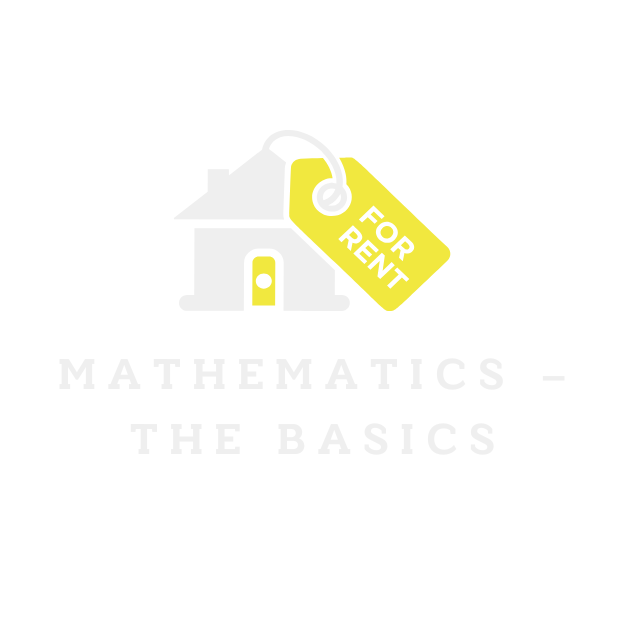Buying a home is a big deal, and the down payment often feels like a mountain to climb. But what if there’s a hidden treasure waiting in your closet? That’s right! Savings bonds could be your secret weapon in the quest for homeownership. They might not be as flashy as a gold bar, but they can pack a punch when it comes to helping you secure that dream home.
Table of Contents
ToggleUnderstanding Savings Bonds
Savings bonds serve as a secure investment option, particularly useful for long-term savings like down payments on homes. These government-backed securities offer stability and a low-risk avenue for accumulating funds.
What Are Savings Bonds?
Savings bonds represent debt securities issued by the U.S. Department of the Treasury. Investors purchase these bonds at a lower price than their face value, allowing them to redeem the bonds for the full value upon maturity. Interest accumulates over time, meaning the longer one holds a bond, the more it earns. These bonds are accessible to individuals and require minimal initial investments, making them an appealing choice for savers.
Types of Savings Bonds Available
Two main types of savings bonds exist: Series I and Series EE. Series I bonds provide a fixed interest rate plus an inflation rate, ensuring the investment grows with inflation. On the other hand, Series EE bonds have a fixed interest rate and may double in value after 20 years if held until maturity. Investors can purchase these bonds through the TreasuryDirect website. Both types offer tax advantages, such as exemption from state and local taxes.
Benefits of Using Savings Bonds for Down Payment

Savings bonds offer several advantages when saving for a down payment on a home. They provide financial stability and security, making them a strong asset for aspiring homeowners.
Guaranteed Returns
Savings bonds guarantee returns through fixed interest rates, ensuring a reliable growth of funds. Series I bonds combine this with an inflation component, protecting purchasing power. Investors can expect consistent earnings, which can contribute significantly toward a down payment. Holding bonds for the designated time enhances this return potential. Redemption occurs at maturity for full face value, effectively turning savings into capital for home purchases.
Low Risk Investment
A low risk characterizes savings bonds, making them suitable for conservative investors. U.S. Department of the Treasury backs these bonds, instilling confidence in their safety. Investors face little chance of losing the principal amount, boosting peace of mind. Since savings bonds are not subject to market volatility, they provide a stable investment option. With the option for tax advantages on accrued interest, savings bonds further enhance financial security for those eyeing homeownership.
How to Use Savings Bonds for a Down Payment
Using savings bonds for a down payment offers a practical approach to homeownership while providing a secure savings method. Understanding the eligibility requirements and the steps needed to cash in those bonds makes the process straightforward.
Eligibility Requirements
To use savings bonds for a down payment, owners must meet certain eligibility criteria. The purchaser of the bonds must be the same person buying the house. Additionally, bonds must be held for a minimum period to avoid penalties. For Series I and EE bonds, the individual must redeem them after they’ve been held for at least 12 months but before 30 years to maximize interest. A maximum of $10,000 can be invested in Series I bonds each calendar year. Eligibility for tax benefits also exists for those using savings bonds for first-time home purchases, provided they meet income limits set by the IRS.
Steps to Cashing In Savings Bonds
Cashing in savings bonds involves a few key steps to ensure a smooth process. First, locate the bonds and check their current value using the U.S. Treasury’s online calculator. Next, visit a financial institution or the U.S. Treasury website to initiate the redemption. Present the savings bonds and necessary identification to the bank teller or complete the online process. After verification, the bank will provide funds based on the bond’s face value or current value depending on how long they’ve been held. For anyone taking this route, ensure the timing of cashing in aligns with the home buying process to effectively utilize the funds for a down payment.
Potential Drawbacks
Using savings bonds for a down payment comes with some potential drawbacks. It’s important to consider these aspects before committing funds.
Interest Rates Comparison
Interest rates on savings bonds may not always match or exceed returns from other investment options. Series I bonds provide an inflation component, but rates can fluctuate, impacting overall returns. In contrast, stocks or mutual funds often deliver higher potential returns, albeit with increased risk. Holding savings bonds may yield less compared to other investments in a robust market. Evaluating the interest earned on bonds against potential gains from diversified portfolios is essential for informed decision-making.
Timing Your Investment
Timing can significantly affect the returns on savings bonds. Savings bonds require a minimum holding period of 12 months before redemption without penalties. Investors must carefully assess when to purchase bonds to align with home buying plans. Waiting too long could reduce available funds for a down payment. Conversely, selling too early may lead to missed interest, undermining overall benefits. Balancing the urgency of buying a home with the strategic timing of bond redemption stays crucial for optimal financial planning.
Using savings bonds for a down payment can be a smart financial strategy for aspiring homeowners. These low-risk investments offer stability and guaranteed returns that contribute to building a solid down payment. With their tax advantages and inflation protection, Series I and EE bonds present an appealing option for those looking to invest in their future.
While they may not provide the high returns seen in other investment avenues, the security of savings bonds makes them a reliable choice. Timing and strategic planning are crucial to maximize their benefits. By carefully considering how and when to cash in these bonds, individuals can effectively leverage this resource to achieve their homeownership dreams.


